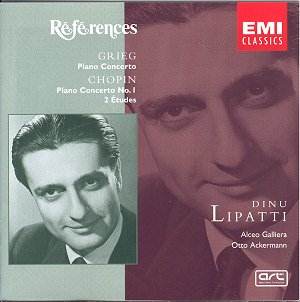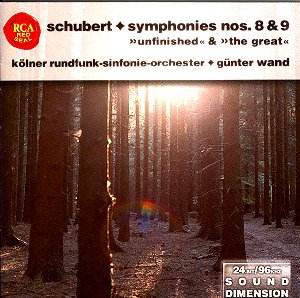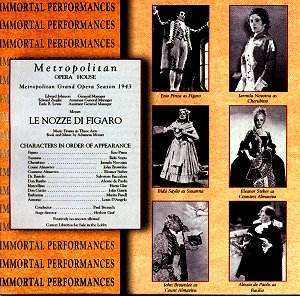 Composer: Frédéric Chopin
Composer: Frédéric Chopin
Works: Piano Concerto No. 1 in E minor, Op. 11; Etudes, Op. 25 No. 5, Op. 10 No. 5
Performers: Dinu Lipatti (piano), Zurich Tonhalle Orchestra/Otto Ackermann (Piano Concerto No. 1), Philharmonia Orchestra/Alceo Galliera (Etudes)
Recording: Tonhalle, Zurich, 7 Feb. 1950 (Piano Concerto No. 1); No. 1 Studio, Abbey Road, London, 18-19 Sep. 1947 (Etudes)
Label: EMI
Chopin’s Piano Concerto No. 1 and his Etudes stand as cornerstones of the piano repertoire, blending technical demands with profound emotional depth. The present CD featuring Dinu Lipatti offers a historical perspective on these works, encapsulating the artistry of a pianist who tragically passed away at a young age yet left a lasting impression on the classical music landscape. This recording, capturing Lipatti’s performances with the Zurich Tonhalle Orchestra and the Philharmonia Orchestra, presents a fascinating study in contrasts—both in interpretation and sound quality.
Lipatti’s interpretation of the Piano Concerto No. 1 is marked by a lyrical fluidity that seems to transcend the more conventional renditions of this ever-popular piece. While the orchestration, under Ackermann’s direction, occasionally lacks the robust energy that one might crave, Lipatti’s playing shines with poetic clarity, especially in the lyrical second subject of the first movement. His touch is delicate, revealing the nuances of the score, yet there exists an impetuous spirit that propels the performance forward, creating a compelling tension between elegance and excitement. However, Ackermann’s orchestral support is not always in sync with Lipatti’s expressive vision; the opening tutti feels somewhat lackadaisical, a stark contrast to Lipatti’s vibrant entry. This disjunction can obscure the dramatic unfolding of the work, which is reliant on a seamless interplay between soloist and orchestra.
The slow movement, often viewed as the emotional heart of the concerto, is where Lipatti’s artistry truly flourishes. His phrasing is imbued with an ineffable sense of longing, and the way he shapes each note reveals his deep affinity for Chopin’s lyrical language. Yet, the orchestral introduction here is curiously brisk, lacking the gravitas that sets the stage for such profound expression. The rubato he employs, while masterful, is at odds with the orchestral tempo, leading to moments where the dialogue between piano and orchestra feels strained rather than collaborative.
Turning to the Etudes, Lipatti’s performance of Op. 10 No. 5 showcases his technical prowess while remaining musically insightful. The rhythmic intensity and the crystalline clarity of his articulation highlight the etude’s character, yet one wishes for a more adventurous spirit in the interpretation. The recording quality, particularly of the Abbey Road sessions, reveals limitations typical of the era; the sound is somewhat hollow, lacking the warmth and depth that modern listeners might expect. Nonetheless, Lipatti’s subtle nuances cut through the imperfect engineering, allowing the listener to appreciate his artistry despite the sonic constraints.
Comparatively, one might look to contemporary interpretations by pianists such as Martha Argerich or Maurizio Pollini, whose renditions often exude a more visceral energy and a heightened sense of drama. While these performances may be more polished and vibrant, Lipatti’s unique voice remains a vital part of the discussion. His interpretations are not merely about technical accomplishment; they evoke a profound emotional landscape that is distinctly his own.
The recording serves as both a historical artifact and an enduring testament to Lipatti’s artistry, illustrating the delicate balance between interpretation and the limitations of its time. Each track, while imperfect in its engineering, reveals insights into both the music and the musician. It invites the listener to engage with Chopin’s work through the lens of a remarkable artist whose interpretations continue to resonate, albeit with a certain nostalgic timbre that speaks to a bygone era of pianism. This CD is a vital addition for those who seek to understand the depth of Chopin’s music as filtered through the evocative artistry of Dinu Lipatti.



